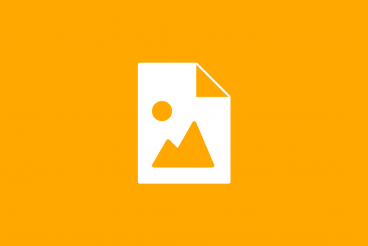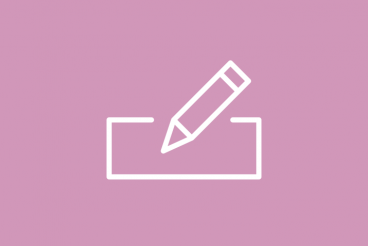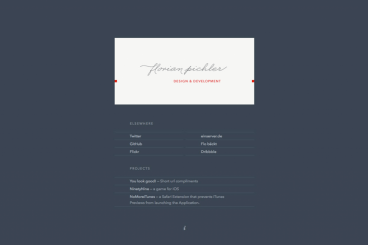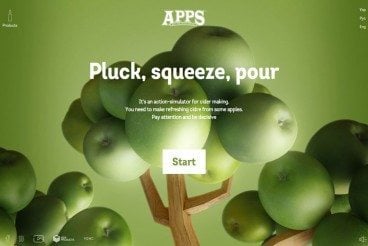
Graphics / 22 Oct 2015
Detox Your Design: 8 UI Elements to Eliminate
Is your design starting to look old? Old and out-of-date user interface elements can make a site feel much more dated than it actually is.
Here, we look at eight UI elements that you should eliminate from your design plan. But that’s not all; each “don’t” comes with a suggestion for modernizing your website. We’ll get that design looking up-to-date in no time!










